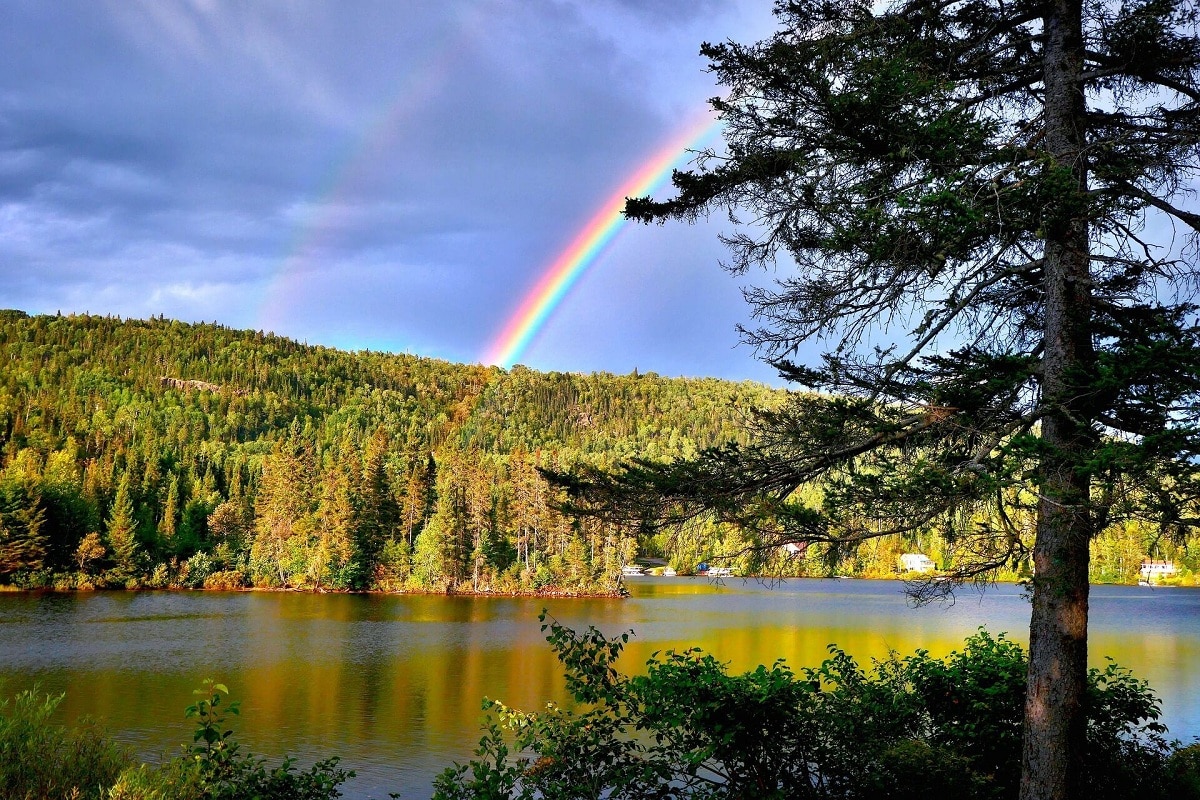
Many people do not know what is an ecosystem. Ecosystems are biological systems formed by groups of organisms that interact with each other and with the natural environment in which they live. There are many relationships between species and between individuals of the same species. Living things need a place to live, which is what we call a natural habitat. In the environment you live in, it is often referred to as a biome or biome. A variety of ecosystems exist throughout the world, each with unique flora and fauna influenced by geological and environmental conditions.
In this article we are going to tell you what an ecosystem is, what its characteristics are and the different types that exist.
What is an ecosystem
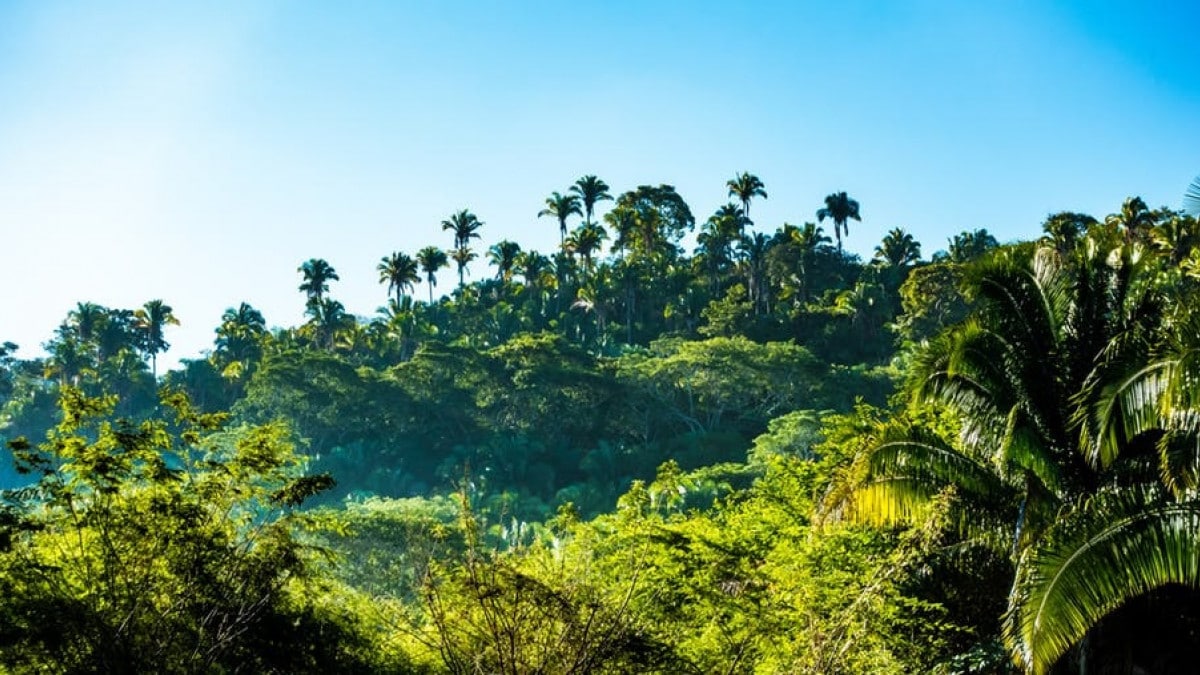
When we say that every species lives in an ecosystem, it is because it is found in an area where living and non-living things interact. Through these interactions, matter and energy can be exchanged, and the balance we know sustains life. Add the prefix eco- since it refers to a completely natural place.
We can say that some concepts have been created at an ecological level, such as a biome, which refers to a large geographic area that includes multiple ecosystems that are delimited in more restricted areas. In an ecosystem, the study of the interrelationships between organisms and the environment. We can say that the scale of the ecosystem is very variable, because we can say that a forest is an ecosystem and a pond of the same fungus is also a common ecosystem. In this way, only humans can define the limits of the area to be studied.
Regions are often differentiated based on their characteristics because they are different from other regions. If we go back to the previous example, the pond in the jungle has different environmental conditions than the terrestrial part of the jungle. That is why it can house different types of flora and fauna and have other types of conditions.
In this sense, we can see how the different types of ecosystems are classified according to different criteria. We can talk about natural ecosystems and artificial ecosystems. In the latter, there is human intervention.
Alternative
We will learn what the different components of an ecosystem are and how they interact with the abiotic and biotic components. All these components are in an intricate network of constant exchange of matter and energy. Let's analyze what they are in more detail:
- Abiotic components: When we refer to these components, we refer to all the elements that compose it but lack life. We can say that they are abiotic or inert components such as water, soil, air and rocks. In addition, there are other natural elements such as solar radiation, the climate of a region, and artifacts and waste that are also considered abiotic components.
- Biological components: These components include all living things present in the ecosystem. They can be bacteria, archaea, fungi, or any plant or animal, including humans. It can be summarized that they are living elements.
Types and characteristics
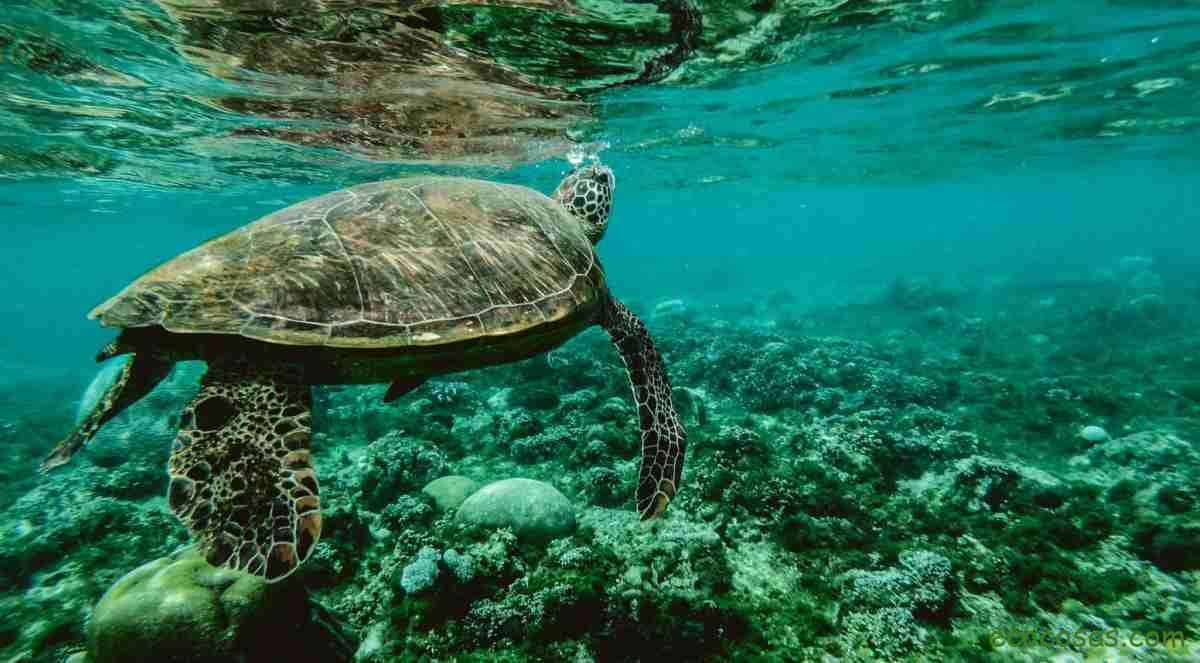
We will see what different types of ecosystems exist in the world. They can be divided into 4 large groups, as follows:
- Terrestrial ecosystem: An ecosystem in which biotic and abiotic components interact on or within the Earth. We know that within the Earth, the soil is a common ecosystem due to its capacity to support and develop an enormous diversity. Terrestrial ecosystems are defined by the types of vegetation they establish, which in turn are established by environmental conditions and climate types. The vegetation is responsible for interacting with the rich biodiversity.
- Aquatic ecosystems: Ecosystems characterized mainly by the interaction of biotic and abiotic components in liquid water. It can be said that, in this sense, there are mainly two types of marine ecosystems, whose medium are saltwater ecosystems and freshwater ecosystems. The latter are usually subdivided into lentic and lotic. lentic are those waters where the water is slow or stagnant. They are usually lakes and ponds. Lotions, on the other hand, are those with faster flowing waters like streams and rivers.
- Mixed ecosystems: Ecosystems that combine at least two environments, terrestrial and aquatic. Although in most cases these ecosystems also involve the background air environment, organisms must adapt to establish relationships between themselves and the environment. It can be done ad hoc or periodically, as in a flooded savanna or Varzea forest. Here, we see that the characteristic biological component is seabirds, as they are largely terrestrial, but also depend on the ocean for food.
- human ecosystem: Its main characteristic is the exchange of matter and energy, leaving and entering the ecosystem, which fundamentally depends on the human being. While some abiotic factors are naturally involved, such as solar radiation, air, water, and land, they are largely manipulated by humans.
Examples
Let's list some examples of different types of ecosystems.
- Jungle: It is a type of ecosystem with a complex combination of components in which we find various organisms that build complex food webs. Trees do primary production and all living things are recycled after being killed by soil decomposers in the jungle.
- Coral reefs: In this ecosystem, the central elements of the biological composition are the coral polyps. Living coral reefs are home to many other aquatic species.
- Varzea forest: It is a forest formed by a fairly embalmed plain that is periodically flooded. It thrives in biomes known as tropical values. It consists of a mixed ecosystem where half of the ecosystem is more terrestrial and the other half is largely aquatic.
Types of ecosystems
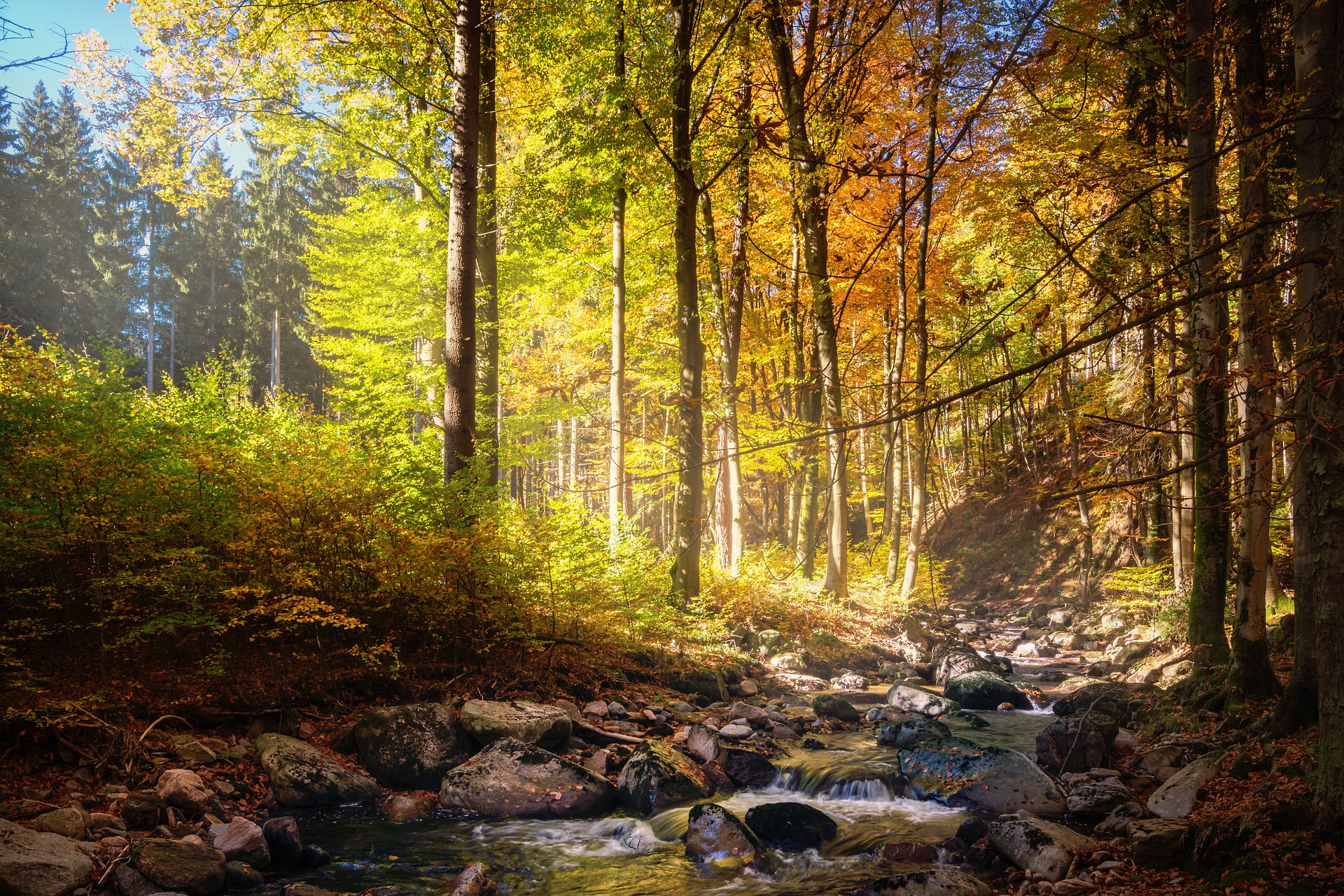
Terrestrial ecosystem
Among the types of terrestrial ecosystems, it is necessary to take into account the places where organisms develop. The land surface where they develop and establish relationships with each other is called the biosphere. This ecosystem takes place above and below ground. The conditions that we can find in these ecosystems are determined by factors such as humidity, temperature, altitude and latitude.
These four variables are decisive for the development of life in a specific area. Temperatures that are constantly below freezing they are different about 20 degrees. We can also identify annual precipitation as the main variable. This precipitation will determine the type of life that develops around it. The flora and fauna around the river is different from what we can find in the savannah.
The higher the humidity and temperature, and the lower the altitude and latitude, the more diverse and heterogeneous we find the ecosystems. They are often species-rich and have millions of interactions between species and with their surrounding environment. The opposite is true for ecosystems that develop at high altitudes and low humidity and temperature.
In general, terrestrial ecosystems are more diverse and biologically rich than aquatic ecosystems. This is because there is more light, heat from the sun, and easier access to food.
Marine ecosystem
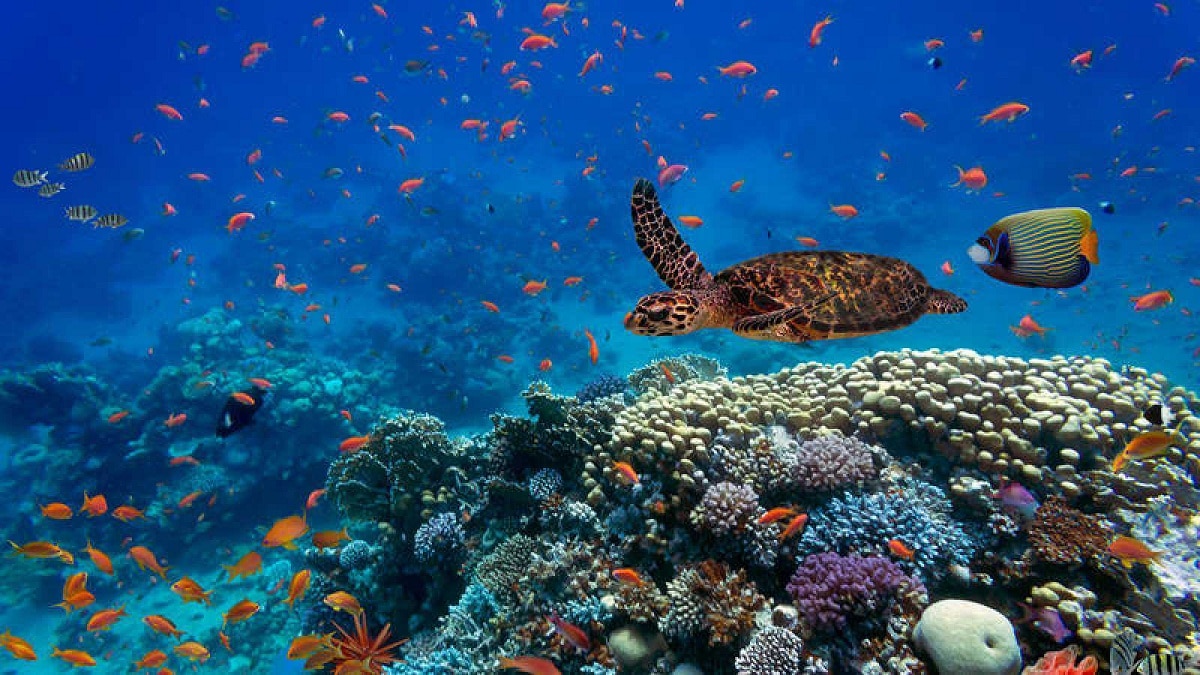
This type of ecosystem is the largest in the entire planet since it covers 70% of the planet's surface. The ocean is large and the water is rich in minerals, so life can develop in almost every corner.
In these ecosystems, we find large communities such as algal seagrass beds, deep-sea vents, and coral reefs.
freshwater ecosystem
Although they enter aquatic ecosystems, the dynamics and relationships between species are not the same in freshwater as in saltwater. Freshwater ecosystems are ecosystems composed of lakes and rivers, which are divided into still water systems, running water systems, and wetland systems.
The lentic system consists of lakes and ponds. The word lentic refers to the speed at which the water moves. In this case, the movement is very low. In this type of water, layers are formed depending on the temperature and salinity. It is at this time that the upper, thermocline and lower layers appear. Lotic systems are systems where water flows faster, such as rivers and rapids. In these cases, the water moves faster due to the slope of the terrain and gravity.
Wetlands are biologically diverse ecosystems because they are saturated with water. It's great for migratory birds and those that feed through filters, like flamingos.
Certain types of vertebrates, including medium and small, dominate these ecosystems. We didn't find the big ones because they didn't have much room to grow.
Deserts
Since the desert has extremely low rainfall, so do the flora and fauna. The organisms in these places have a great capacity for survival due to thousands of years of adaptation processes. In this case, since the relationship between species is small, they are the determining factors, so the ecological balance will not be disturbed. So, when a species is severely affected by any type of environmental impact, we find ourselves with very severe collateral effects.
And, if one species begins to drastically reduce its numbers, we will find many others compromised. In these natural habitats we find typical flora such as cacti and some fine-leaved shrubs. The fauna includes some reptiles, birds and some small and medium mammals. These are species that are able to adapt to these places.
Mountain
This type of ecosystem is characterized by its relief. It is at high altitude where vegetation and fauna do not develop well. In these areas, biodiversity is not that high. It goes down as we rise in altitude. The foothills of the mountain are often inhabited by many species and there is an interaction between the species and the environment.
Among the species found in these ecosystems are wolves, antelopes and mountain goats. There are also birds of prey, such as bald eagles and eagles. Species must adapt and camouflage to ensure survival without being hunted by each other.
Forests and forest systems
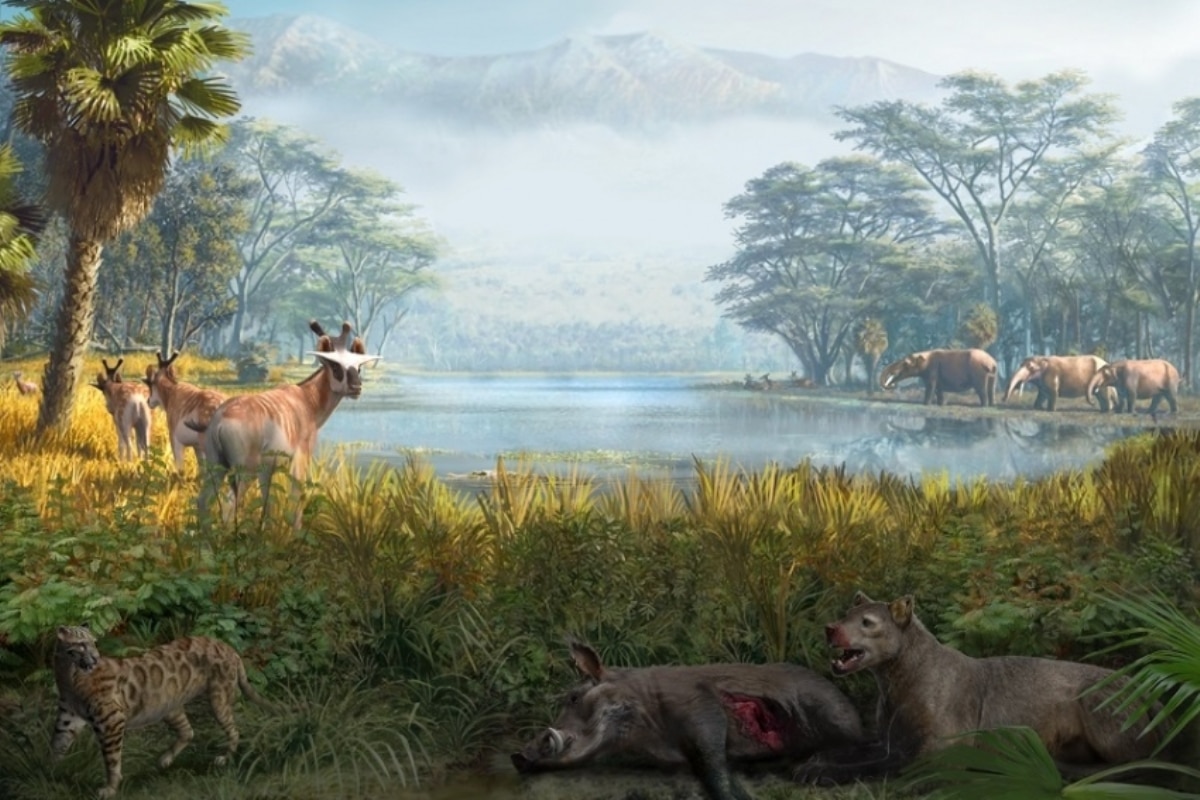
Forest ecosystems are characterized by a high density of trees and a large number of flora and fauna. There are several types of forest ecosystems, among which we find jungle, temperate forest, dry forest and coniferous forest. The more trees, the more biodiversity.
Height plays an important role in the presence of flora. The higher the altitude, the less pressure and oxygen is available. Therefore, from an altitude of 2500 meters above sea level, the trees will not grow.
I hope that with this information you can learn more about what an ecosystem is and what its characteristics are.